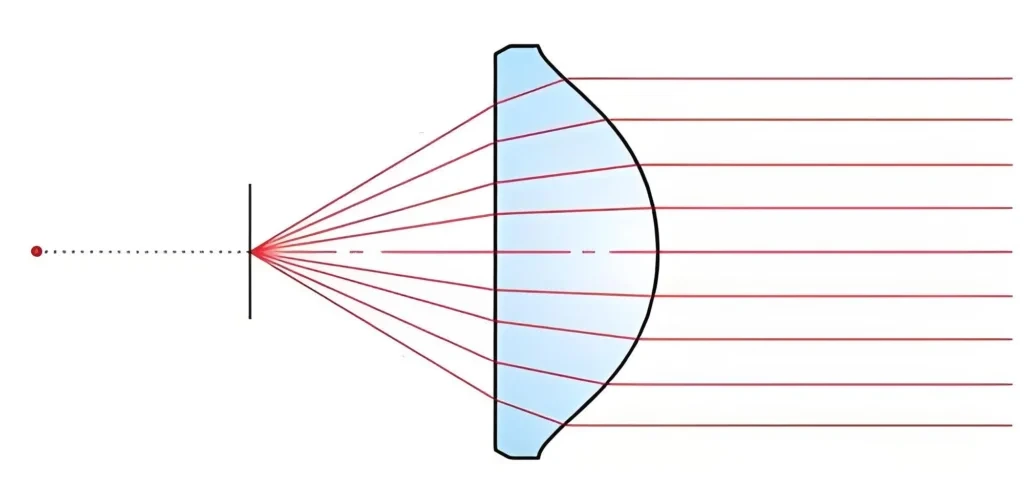No products in the cart.

At Colper, we’ve always been fascinated by the wonders of the night sky, and reflector telescopes open up that universe like no other. Whether you’re a beginner eager to catch your first glimpse of Jupiter’s moons or a seasoned stargazer exploring deep-sky objects, knowing how to troubleshoot your telescope ensures every observation is crisp, clear, and frustration-free. Today, we dive into practical solutions for common reflector telescope issues—especially telescope collimation sri lanka—focusing on optical alignment and other essential tips that keep your stargazing experience flawless.
Understanding Collimation: The Heart of Clear Viewing (telescope collimation sri lanka)

Collimation is the process of aligning a reflector telescope’s mirrors so that incoming light reflects correctly to the eyepiece. A misaligned primary or secondary mirror can result in blurry or distorted images, even with a high-quality telescope. Signs that your telescope needs collimation include star images that appear stretched, fuzzy planetary disks, or inconsistent focus across the field of view.
To check collimation, use a simple collimation cap or a laser collimator sri lanka. Insert the tool at the focuser and look for concentric circles of light from the primary and secondary mirrors. Adjust the screws on the secondary mirror first to center it, then tweak the primary mirror until the reflections perfectly align. Regular collimation ensures that even our Top 5 Reflector Telescope for Sale for Beginners in Sri Lanka maintain optimum performance, maximizing their value for clear observation. Not sure a reflector is the right fit for you? Compare designs in Reflector vs Refractor Telescope Sri Lanka to see which matches your goals and conditions.
Diagnosing Common Optical Issues (telescope collimation sri lanka troubleshooting)
Beyond collimation, other optical problems can affect image quality. Dust and fingerprints on mirrors may seem minor, but even a thin layer of grime can scatter light and reduce contrast. Use a soft brush or canned air for surface cleaning, avoiding liquid unless necessary, and always handle mirrors by the edges to prevent damage.
Thermal currents inside the telescope tube can also blur images. Allow your telescope to acclimate to outdoor temperatures for 20–30 minutes before observing, especially when moving it from a warm room to a cooler night sky. This patience often resolves issues that might otherwise be mistaken for optical flaws. Proper maintenance and care, such as ensuring telescope mirror cleaning is done gently, can elevate an average reflector telescope to produce images comparable to models highlighted in An Honest Reflector Telescope Review: Is It the Best Value for Money?
Aligning the Finderscope (supports telescope collimation sri lanka)
Even with perfectly collimated mirrors, poor finder alignment can make locating objects frustrating. To align the finder scope, start during the daytime by pointing at a distant landmark. Center the landmark in the main telescope’s eyepiece, then adjust the finder scope until the same point is centered in its crosshairs. Recheck at night using a bright star to ensure the alignment is precise. A well-aligned finderscope alignment reduces time spent hunting for celestial objects and improves the overall observing experience.
Dealing with Mechanical Problems (equatorial mount setup sri lanka)
Mechanical issues can be just as disruptive as optical ones. Loose screws, wobbly mounts, or stiff focusers can prevent smooth operation. Regularly inspect the mount and tripod for stability, tightening any loose connections. Lubricate moving parts lightly if they feel stiff, but avoid over-lubrication that attracts dust.
If your telescope uses an equatorial mount, ensure the polar axis is properly set. Even slight misalignment can cause tracking errors, making it difficult to follow planets or deep-sky objects. A stable, well-maintained mount complements your collimation efforts and ensures your telescope’s potential is fully realized. For extra steadiness, consider stabilize telescope tripod techniques like vibration pads or added weight.
Troubleshooting Nighttime Frustrations (reflector telescope troubleshooting)
Some problems only appear under the stars. Stars that appear elongated or “comet-like” often indicate poor collimation, but they can also result from atmospheric turbulence. Choosing nights with steady, clear skies significantly improves observation.
Vibrations caused by touching the telescope or strong winds can also blur images. Using a remote shutter or motorized tracking system reduces direct contact, while a heavy-duty tripod or vibration dampening pads minimizes movement. Combining these precautions with precise collimation maximizes the clarity of every celestial target in telescope collimation sri lanka conditions.
Embracing a Routine of Telescope Care (telescope maintenance sri lanka)
Preventing issues is always easier than fixing them mid-observation. Establish a routine for checking collimation, cleaning optics, and inspecting mechanical components. Keep your telescope covered when not in use to protect against dust and moisture. Over time, this simple care regimen maintains the performance and longevity of your reflector telescope, ensuring that every stargazing session is as thrilling as the first.
Regular maintenance routines also ensure that beginners and seasoned stargazers alike can enjoy their equipment fully. Our Top 5 Reflector Telescope for Sale for Beginners in Sri Lanka exemplifies how a little knowledge and care can transform an entry-level telescope into a tool capable of awe-inspiring views. Similarly, consistent upkeep ensures that every reflector, whether budget-friendly or premium, delivers exceptional value, as highlighted in An Honest Reflector Telescope Review: Is It the Best Value for Money?
Exploring the night sky with a reflector telescope is a blend of art and science. At Colper, we believe that understanding the mechanics, optics, and nuances of your telescope empowers every observer to reach new heights. From newtonian telescope collimation sri lanka to mechanical adjustments and routine care, mastering these troubleshooting steps transforms your stargazing from uncertain to unforgettable. With dedication and patience, your telescope becomes not just a tool, but a gateway to the universe waiting to be explored.
